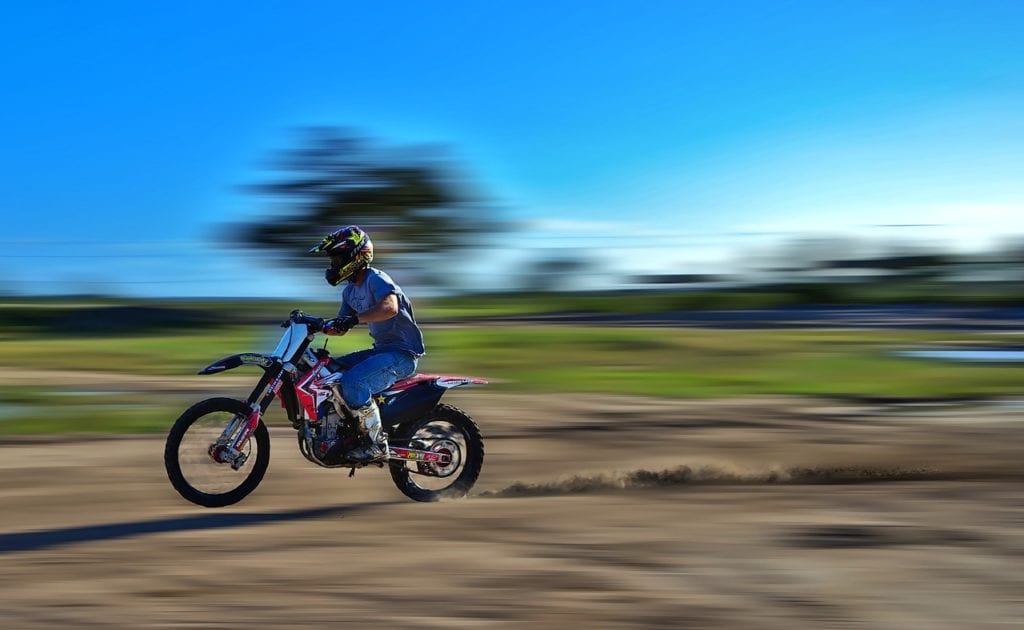Gear Talk: How Is A Dirt Helmet Different From A Street Helmet?
Wearing the wrong gear is one of the most convenient screw-ups one can do during a ride. Most of the time, these mistakes are accounted for the lack of knowledge of different types of gears and when they must be used.
Carrying an adventure-styled street helmet on to a dirt track can soon turn out to be a big mistake because of its build. A street helmet is typically heavier and has less ventilation when compared to dedicated street helmets, two of the most crucial aspects of dirt riding.

Apart from that, a dirt oriented helmet calls for a large eye port capable to house goggles. So one might ask why do these things matter so much off-road?
How Is A Dirt Helmet Different From A Street Helmet?
Conventional dirt riding involves travelling at slow speeds than on the streets. A rider is more physically involved with his bike during dirt track. This, in turn, calls for a lighter helmet with good ventilation that would minimise the fatigue and help you keep you cool.
Read This: Difference Between Adventure Jackets And Dirt Bike Jerseys

Dirt helmets also call for a larger eye port. This can essentially fit a good goggle inside the helmet. Goggles allows the rider to breathe heavily and prevent fogging. Additionally, the foam lining in goggles helps absorb sweat before it drips in your eyes. Apart from that, a dirt helmet also helps in keeping your eyes safe and away from dust and sand in dry conditions.
A typical dirt helmet won’t possess a built-in visor or ratcheting mechanism, making the helmet lighter and more practical for dirt riding. Being used slower speeds, dirt riding calls for better air circulation. This is more practical in dirt helmets which comes with bigger vents and air channels to promote airflow.

PC Rugged Motorbike Jeans https://www.ruggedmotorbikejeans.com
Dirt helmets prove to be almost impractical in day-to-day street riding not only because of the reason mentioned earlier but also because it offers lesser protection from elements such as rain or cold temperatures. Dirt helmets are loud with minimum noise insulation to buffer road noise. At high speeds, one can witness their heads thrown back due to the peaks on a dirt helmet.










 Hello, click here to WhatsApp Us!
Hello, click here to WhatsApp Us!